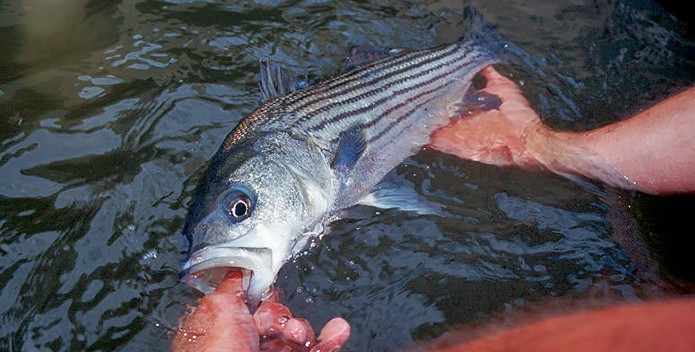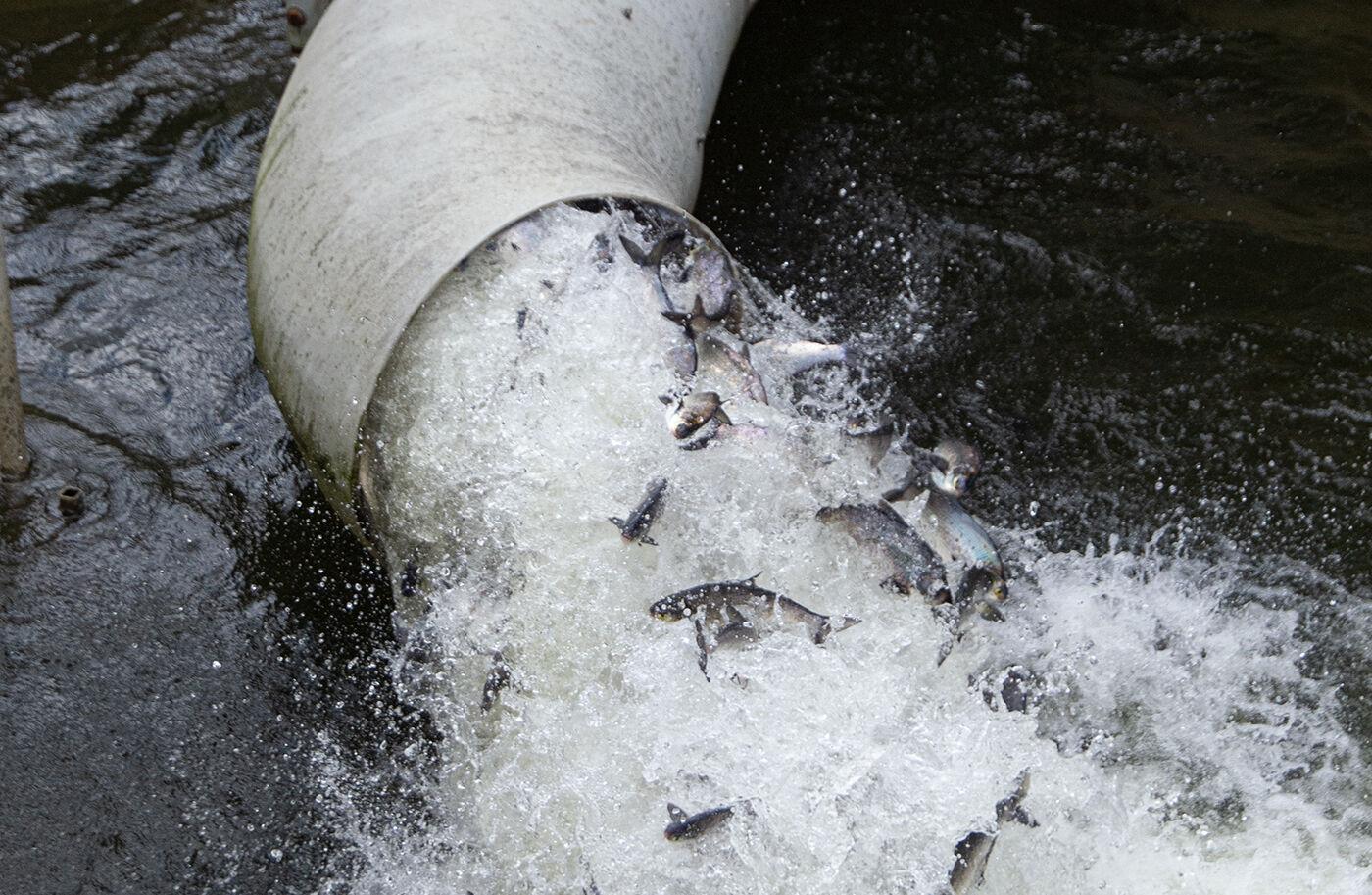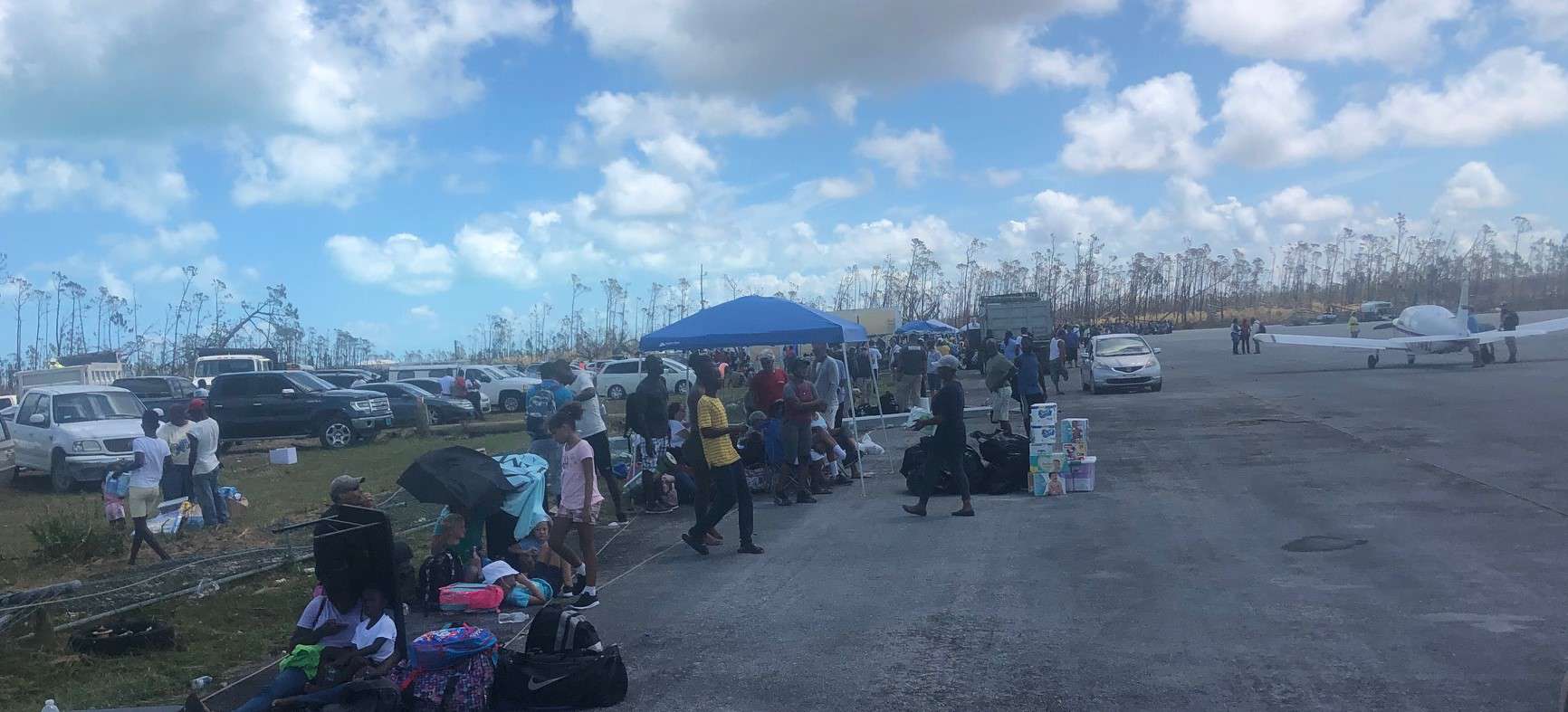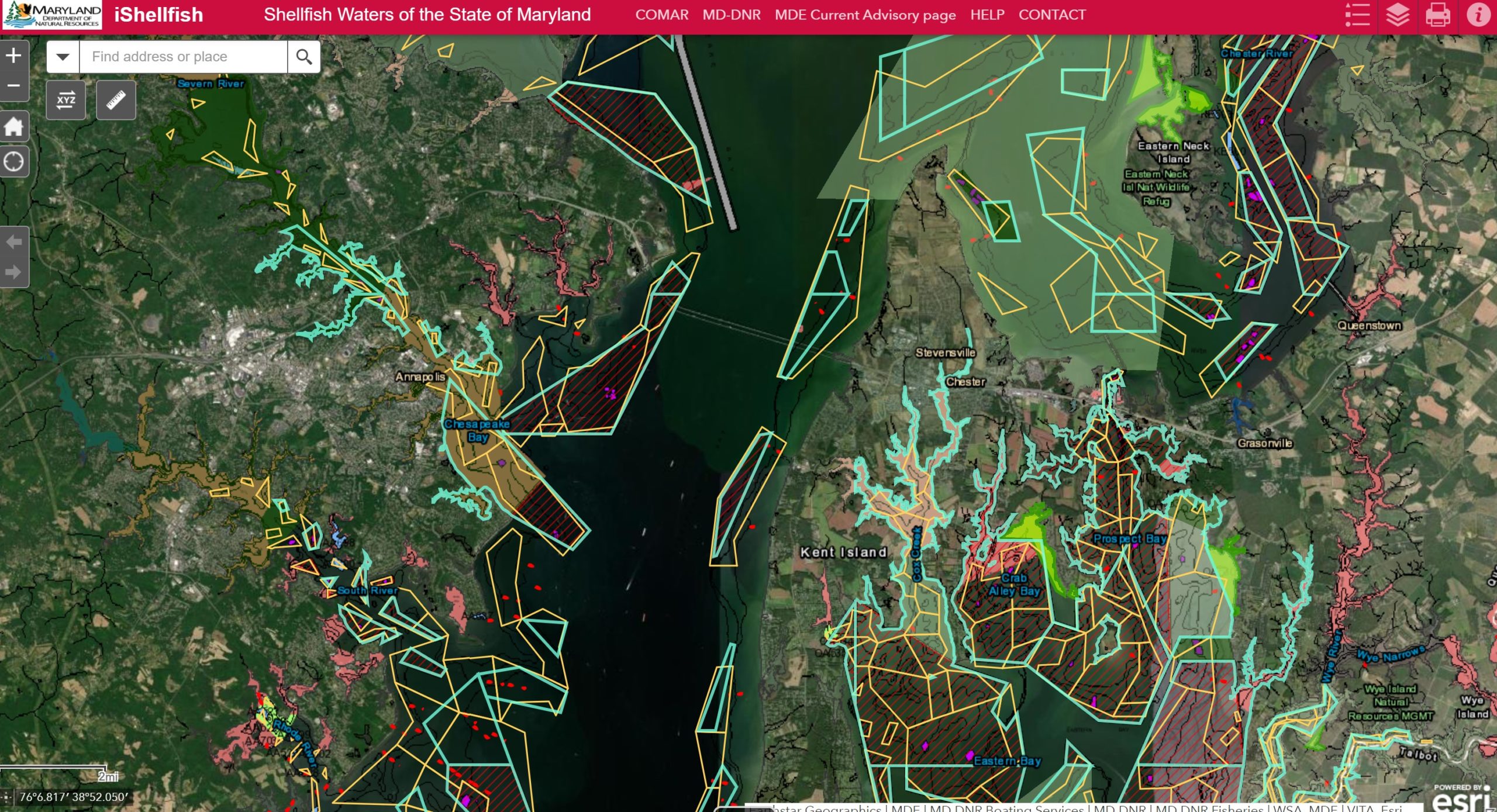The Chesapeake Bay’s health score has dropped slightly over the past two years, from an already-low D-plus grade. That’s according to the 2020 State of the Bay report, released by the Chesapeake Bay Foundation (CBF) every two years.
In a press call on Tuesday, CBF President Will Baker said the 2020 score of 32, which falls in the D-plus range, is well below the 2025 goal of a 40-point “C” grade, and even further behind the 70 points that would earn the Chesapeake an “A” grade.
The report finds losses of forest buffers and underwater grasses in the watershed, but CBF says the largest impact on the 2020 score came from rockfish fishery management. Beth McGee, CBF’s Director of Science and Agricultural Policy, says this year’s striped bass score dropped 17 points, the largest decline in any of the report’s 13 indicators seen in more than a decade.
After studies determined striped bass were being overfished, the Atlantic States Marine Fisheries Commission imposed an 18 percent fishery-wide reduction for the states to adopt. It aims to stop overfishing quickly and hopefully get the population to respond, says CBF Senior Regional Ecosystem Scientist Chris Moore.
“The situation is deeply concerning. Adult female striped bass, widely used to gauge the overall health of the population, have dropped by approximately 40 percent from 2013 to 2017,” Moore says.
He notes that Virginia implemented the 18 percent harvest reduction even before it was mandated, but CBF is concerned about Maryland’s “piecemeal approach” to complying with the reduction. The two-week seasonal closure that took place in late August wasn’t enough time, Moore says, to make a big difference. And he says that putting the seasonal closure so late in the summer didn’t give stripers the highest conservation benefit. The closure should have been timed earlier in the summer, when rockfish are most vulnerable to catch-and-release mortality.
When asked whether CBF would favor a moratorium, Moore says, “We’re not there”—he feels that reducing release mortality and creating a healthier ecosystem will be enough to restore striped bass back to healthy levels.
The State of the Bay report also renews calls for Pennsylvania and New York to get back on track in meeting their 2025 pollution reduction goals. The two states are “far off track,” Baker says, with Pennsylvania furthest from its goals. CBF calls for the federal Environmental Protection Agency—the referee of Bay restoration, as Baker puts it—to hold the state accountable. “Pennsylvania is the victim of EPA missing in action,” he says.
Since most of Pennsylvania’s pollution comes from agriculture, its farmers need cost-share funding to make their land and practices safer for the Bay.
CBF and others are suing EPA over a lack of enforcement in Pennsylvania, litigation that is still pending as a new White House administration prepares to take office.
“We will not back down until all states are held accountable,” Baker says. But he allows, “We welcome the opportunity to negotiate a settlement if the new administration wants.”
The report is not all dire results: most indicators showed improvement, including crab and oyster scores, nitrogen and phosphorus pollution, and a smaller oxygen-poor dead zone.
“The good news is that recent studies provide evidence of the Bay’s increased resiliency. This resiliency is a direct result of the pollution reductions achieved to date. But the recovery is still fragile, and the system remains dangerously out of balance,” says McGee.
-Meg Walburn Viviano




